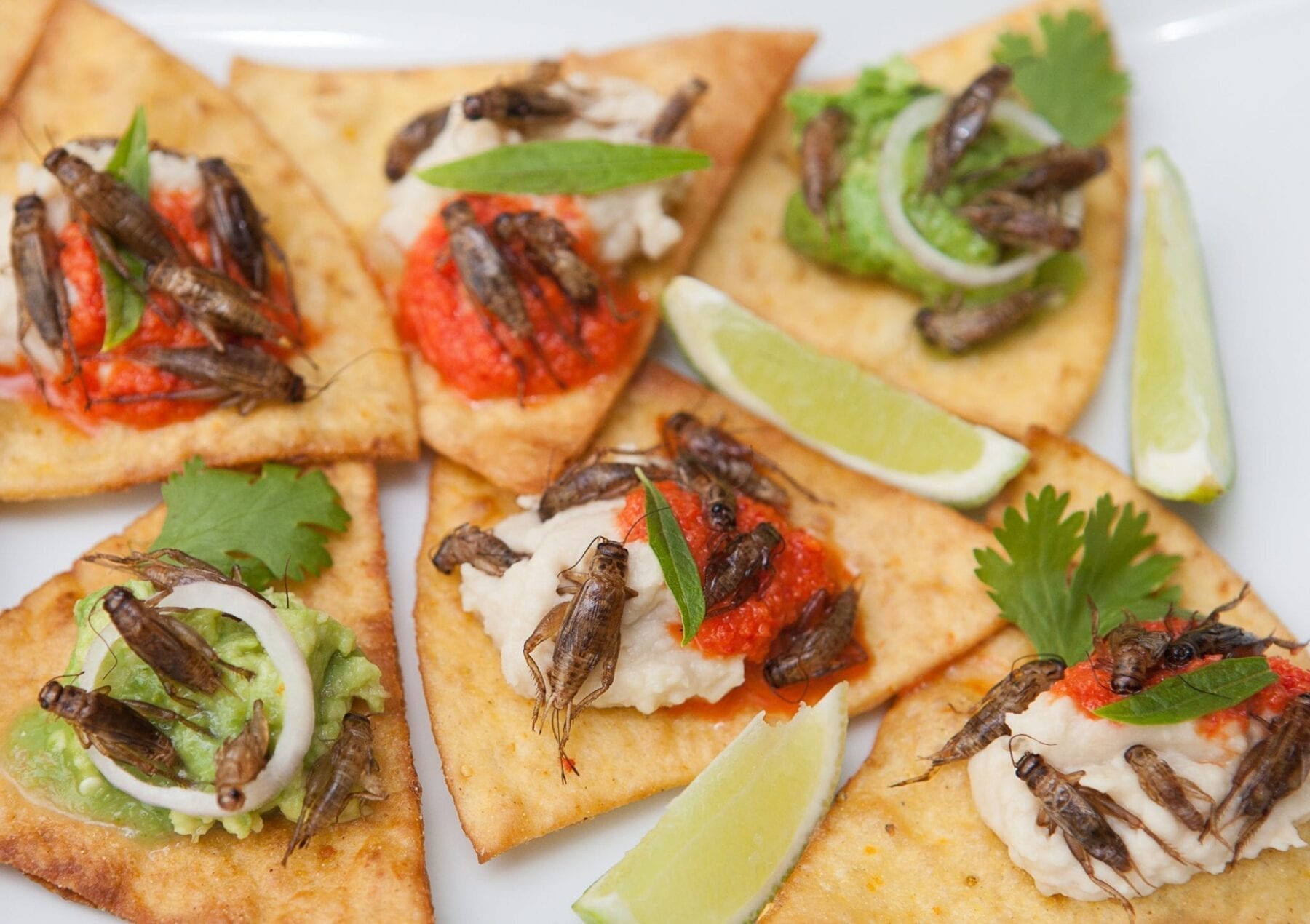
University of Guelph plant scientists have shown for the first time how an ancient crop teams up with a beneficial microbe to protect against a devastating fungal infection, a discovery that may benefit millions of subsistence farmers and livestock in developing countries.
Their discovery may also point the way toward a natural treatment to thwart the pathogen in other important crops grown worldwide including corn and wheat, said plant agriculture professor Manish Raizada.
He’s senior author of a paper published today in Nature Microbiology. He worked with lead author and former PhD student Walaa Mousa, current graduate student Charles Shearer, Ridgetown Campus scientist Victor Limay-Rios and researchers in California.
The paper describes a novel defence mechanism allowing crop plants to work with bacteria called endophytes living in their roots to ward off Fusarium graminearum.
This fungus makes a toxin that can sicken livestock and people.
The M6 microbe lives in the roots of finger millet, a cereal crop grown by subsistence farmers in Africa and South Asia. Millions of people rely on the crop, first domesticated in East Africa in about 5,000 BC.
The crop has long been known to be resistant to fungal disease.
Through microscope observations, Mousa learned how the mechanism works.
Sensing the pathogen near the plant roots, the microbe enters the soil and multiplies to millions of cells that form a protective barrier on the root surface.
Even more striking, Raizada said, the plant’s root hairs grow to many times their normal length. Like layers in lasagna, the root hairs and the bacterial cells form a dense mat that traps the fungus.
Mousa found that natural products of these endophytic bacteria then kill the fungus.
“This appears to be a new defence mechanism for plants,” said Raizada.
He likens it to the human immune system, with immobile plant cells “recruiting” mobile microbes to seek out and destroy pathogens.
The researchers believe this defence evolved in a kind of evolutionary arms race in the African ancestors of finger millet and Fusarium. The fungus can make an antibiotic against M6 for which the bacterium has developed resistance in turn, Raizada said.
“We think subsistence farmers in East Africa over generations may have selected for this special microbe through breeding.”
He said the findings may help agricultural companies develop seed treatments using M6 to protect more susceptible and widely grown crops such as corn and wheat against the fungus.
Farmers spend tens of millions of dollars fighting crop diseases such as Fusarium.
U of G has licensed the lab’s results to an agricultural startup company for potential use in those crops. The microbe is now being tested in Canadian corn and wheat.
The team found that M6 also protects against other fungi.
He said the study shows the importance of indigenous farming knowledge and practices. “These crops should be explored and valued.”
Learn more: U of G Discovery May Benefit Farmers Worldwide
The Latest on: Fusarium graminearum
[google_news title=”” keyword=”Fusarium graminearum” num_posts=”10″ blurb_length=”0″ show_thumb=”left”]
via Google News
The Latest on: Fusarium graminearum
- Wheat Disease Update: Fusarium Head Blight & Stripe Ruston April 30, 2024 at 10:15 pm
Several wheat fields in Kentucky are now at the anthesis stage (Feekes 10.51, “flowering”) or fast approaching it. Anthesis is a critical time as wheat becomes susceptible to infection by Fusarium ...
- Fungicides help save wheat from head blighton April 29, 2024 at 10:00 pm
Several wheat fields in Kentucky are at the anthesis or flowering stage or fast approaching it. Anthesis is a critical time as wheat becomes susceptible to infection by Fusarium graminearum, ...
- FDA finds traces of bird flu virus in grocery store milk but says pasteurized dairy is still safeon April 24, 2024 at 5:33 am
The U.S. Food and Drug Administration said Tuesday that it had detected viral particles of H5N1 avian influenza in milk purchased at grocery stores, but the agency says it still believes that the ...
- Dr. Gregor Koson December 12, 2022 at 1:21 pm
Availability: By appointment. Please contact me by email. I am an experienced environmental analytical scientist with a strong background in statistical treatment of data. I have significant field ...
- Use and Impact of Bt Maizeon December 4, 2021 at 10:05 pm
Deoxynivalenol: Mycotoxin produced by the fungus Fusarium graminearum and other fungi that occurs mainly in grains such as wheat, barley, oats and maize, also known as vomitoxin. DIMBOA (2,4 ...
- Stalk Rots on Cornon November 9, 2019 at 2:27 am
Gibberella stalk rot Fusarium graminearum Small, round, bluish/black structrures attached superfiially to nodes. Lower nodes contain macerated pith. Pink/red discoloration. Fusarium stalk rot Fusarium ...
- Fusarium Head Blight Management in Wheaton November 7, 2019 at 3:11 pm
In Delaware, FHB is caused mainly by the fungus Fusarium graminearum (also called Gibberella zeae). This fungus can infect heads of wheat and barley, resulting in significant yield loss. Toxins ...
- Stalk Rots of Cornon September 4, 2013 at 6:04 am
These perithecia may be easily scraped from the rind tissue with the thumbnail. The causal fungus, Gibberella zeae (Fusarium graminearum) survives in infected plant residues (stalks, ears, ear shanks, ...
via Bing News










